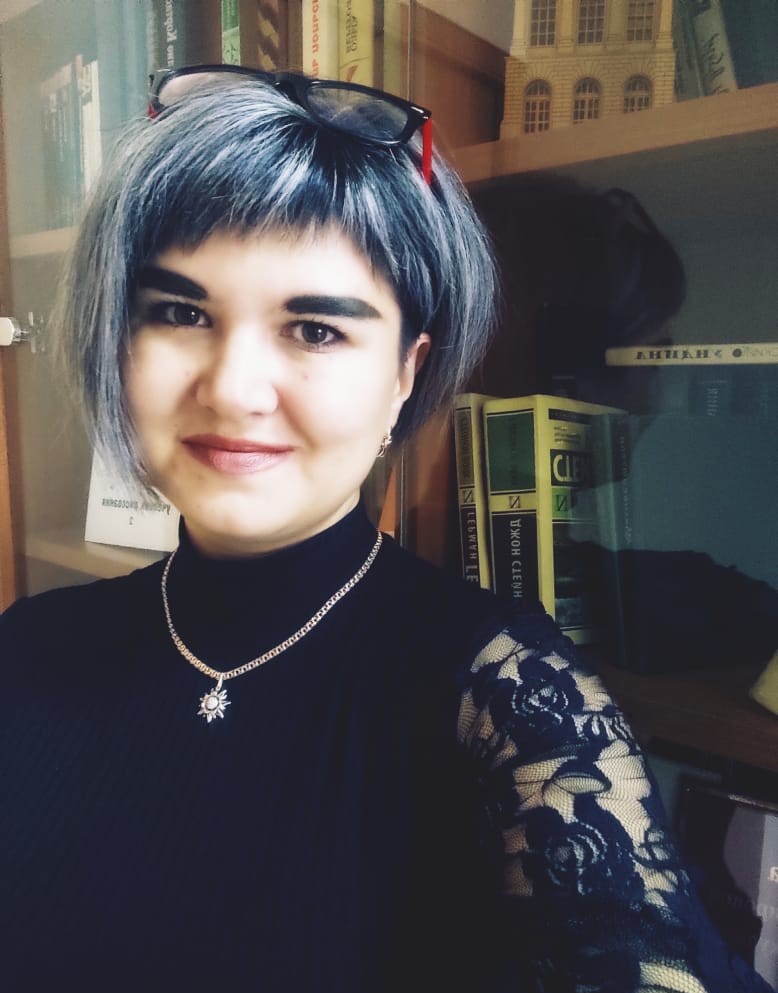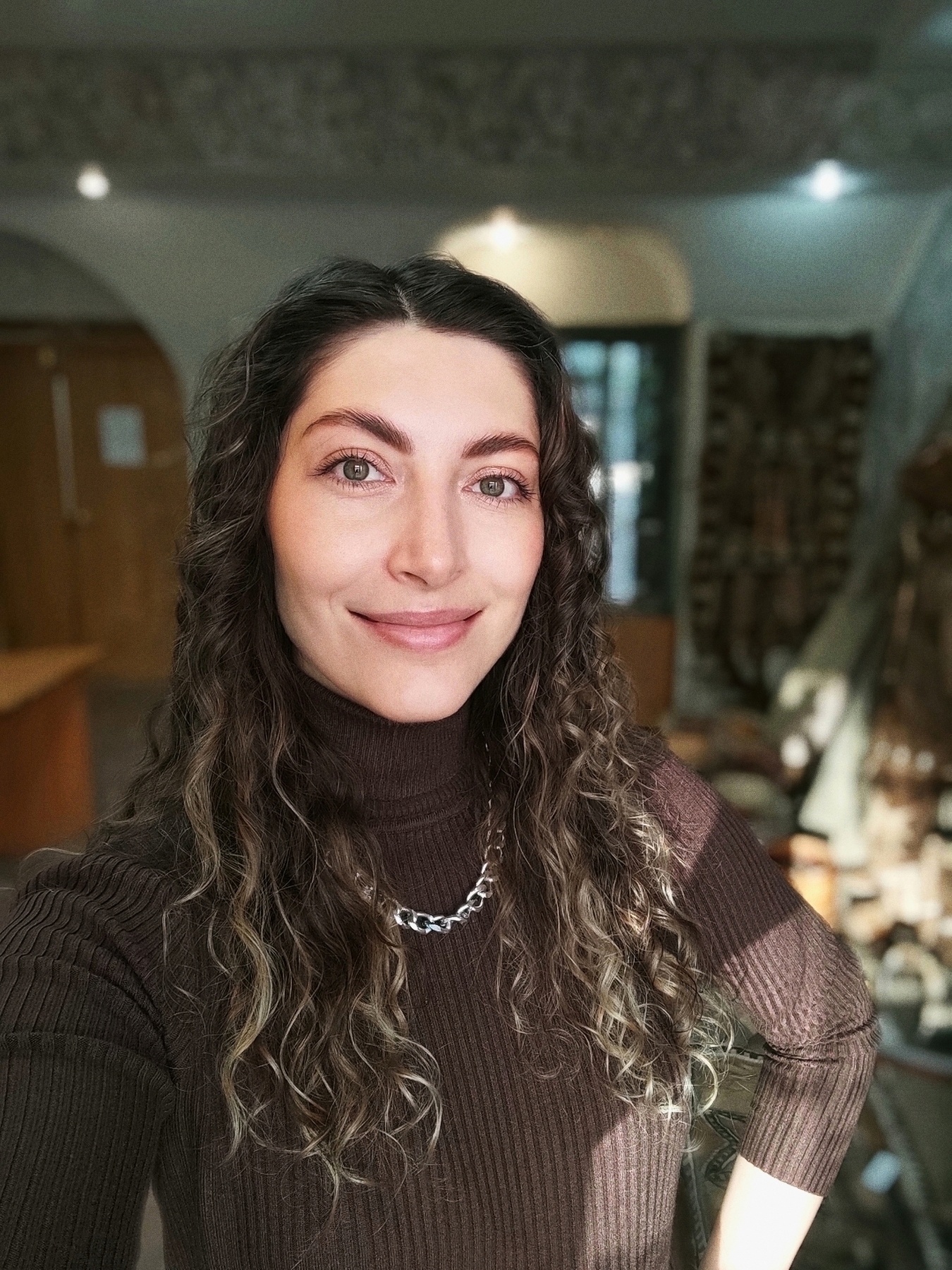The authors of this article for the first time attempt to translate and compare the data on the shamanic costume and its attributes among the Dagurs, Solons and Numinchens, obtained by E. J. Lindgren by the method of included observation during long field expeditions to Northwestern Manchuria in the 1930s. Historically, this region has been a place of close interethnic contacts between various peoples: nomadic and settled, indigenous and newcomers. In the early – first half of the 20th century, Northeast China became the object of scientific interest of Russian and foreign researchers. The rich material collected during the expeditions formed the basis for a multidimensional – ethnological, ethnographic, anthropological, religious, etc. – study of the life-building of the peoples living in this territory, ethno-evolutionary and ethno-transformational processes, mechanisms of perception of the categories of “us/them”, adaptation to the new, preservation and change of ethnocultural identity and much more. Shamanic costumes can be markers of the presence of ethnic religions on the map of the religious landscape. The authors of this article identify the specifics of interethnic interaction of the indigenous peoples of the specified region and its reflection in the appearance of the shamanic costume and its attributes based on the analysis of data obtained by E. J. Lindgren. The main source for this study was the work “The Shaman Dress of the Dagurs, Solons and Numinchens in N. W. Manchuria”, published in the appendix to the 17th issue of the Geografiska Annaler journal in 1935.
Key words: indigenous peoples, Far Eastern frontier, religious landscape, ethnic religions, shamanism, ethnic interaction
DOI: 10.22250/20728662_2024_2_98
About the authors
 |
Yana V. Zinenko – Candidate of Philosophy, Assistant Professor of the Department of Literature and World Culture, Amur State University; 21 Ignatievskoe shosse, Blagoveshchensk, 675027, Russia; This email address is being protected from spambots. You need JavaScript enabled to view it. |
 |
Evgeniya A. Kontaleva – PhD, Assistant Professor of the Department of Religious Studies and History, Amur State University; 21 Ignatievskoe shosse, Blagoveshchensk, 675027, Russia; This email address is being protected from spambots. You need JavaScript enabled to view it. |






